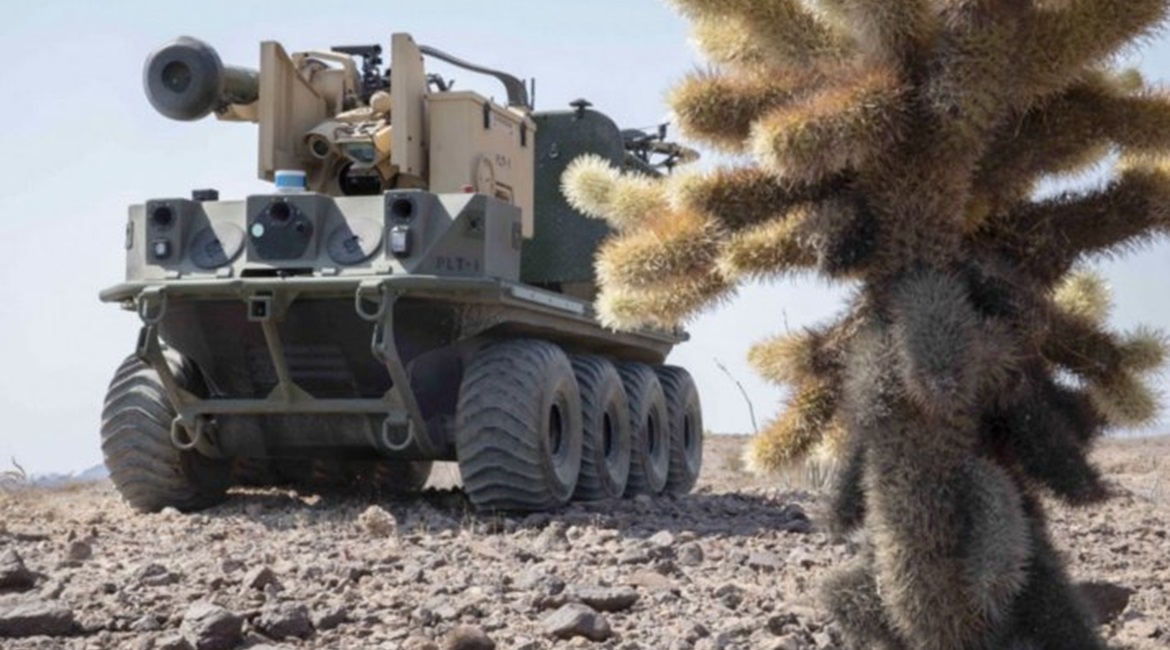
US Army officials stretched the service’s advanced networking communication programme, the Integrated Tactical Network (ITN), to its limits during the Project Convergence capstone exercise in September, allowing senior leaders to observe the ITN’s strengths and weaknesses in a large-scale combat technology exercise.
The capstone exercise, held at Yuma Proving Grounds in Arizona, “was tremendously insightful” in terms of showcasing the ITN’s inherent strengths in supporting Project Convergence initiatives, along with the challenges the network faces as those initiatives continue to mature, said Army Brigadier General Robert Collins, program executive officer Command, Control and Communications-Tactical (C3T).
Prior to the capstone exercise, Project Convergence leaders baselined the experiment’s main objective of linking sensor and shooter platforms across multiple domains with the network capabilities outlined in Capability Set 21, particularly those technologies rooted in “ground domain mesh network” capabilities, he said on 14 October.
The ground-based mesh network capabilities seen in Capability Set 21 focus on integrating cellular 4G and other communication networks, coupled with legacy systems upgrades operating on a secure but unclassified architecture, to facilitate dismounted combat manoeuvres. Army officials anticipate Capability Set 23, the next iteration of the ITN, to focus more on mounted operations, specifically Stryker-led operations. (Updates are delivered every two years, which is why there is not a Capability Set 22.)

Looking to read the full article?
Gain unlimited access to Janes news and more...






